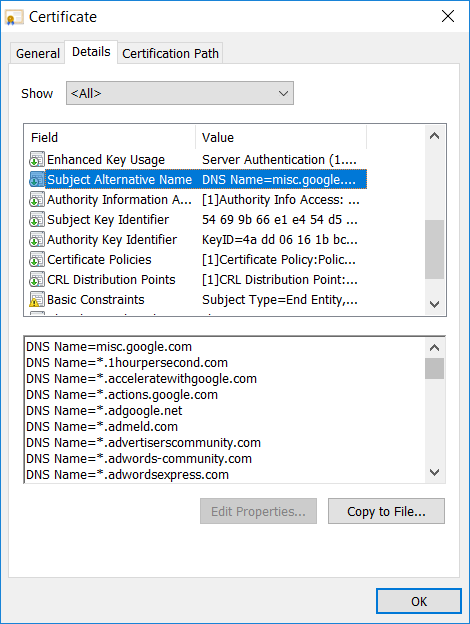LeBron James left the Cleveland Caveliers in 2010. Players change teams all the time. Even star players change teams occasionally – salary caps, better chance at a championship, whatever. Sucks, but it happens. Making the announcement on a live ESPN broadcast – no matter how much money he managed to generate for a charity – was a terrible way to handle the announcement. From a reality-TV perspective, sure it’s great. Guaranteed viewers, suspense, drama, heartbreak. But as a person it lacks tact, lacks compassion … and as a highly paid athlete who is revered by many, it’s an offensive way to treat fans who bought your merchandise and watched you play. The guy was a kid at the time, and his move back to Cleveland seemed to be handled in a more mature fashion.
I cannot help but think of being in Cleveland during the James announcement (complete with LebronFire events burning jerseys) when the White House declares Trump will be announcing his decision on the Paris Climate Agreement on Thursday. Oh, the drama. The suspense. The heartbreak – because, really, does anyone think he’s going to remain in the agreement? Even if he allows the country to remain in the agreement (an agreement, remember, that was limited greatly by a desire to achieve something that might be acceptable to US Republicans) … does he have any intention of enforcing the agreement? Honestly, the world is better off with America out – re-write the agreement with stricter goals. US companies will need to continue increasing energy efficiency and decreasing emissions or they’ll be unable to sell products outside of the country. Hell, US cities will create their own clean air and water regulations. One impetus behind the clean air act was the cloud of toxic chemicals around Pittsburgh that literally killed people. Practically needed a respirator to walk around LA. London – not a US city, but I remember getting back from a day walking around London to spend an hour blowing black snot out of my nose (and how much of that crud remained in my lungs??). I cannot imagine NYC was any better. And if customers refuse to buy the products — what use is your coal plant if no one will purchase your electricity? Some foreign company’s super-efficient SUV is more attractive even if it costs more up front — pay 100$ a week to fill the tank v/s 100$ a month and you’re looking at a fuel savings of 18k over five years.
Trump campaigned on abandoning the treaty. Look at who he appointed to lead the EPA. Seriously, the only suspense was if we’d officially withdraw or if we’d just neglect enforcement. By indicating that there’s an announcement … I already know we’re withdrawing. But why try to recreate LeBron’s The Decision spectacular?









